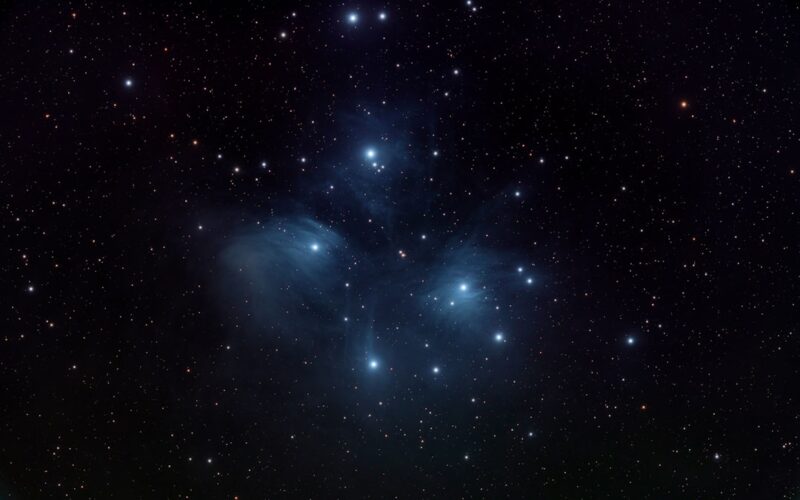The James Webb Space Telescope (JWST) has just delivered its most detailed look yet at Sagittarius B2, the Milky Way’s biggest and most bustling star factory. Nestled just a few hundred lightyears from the galaxy’s supermassive black hole, Sagittarius A*, Sagittarius B2 is a swirling giant of gas and dust—and, it turns out, a bit of a cosmic overachiever.
Sagittarius B2 contains only around 10 percent of the gas and dust found in the central region of our galaxy, yet it’s responsible for a staggering half of all new stars born near the galactic core. The disproportionate activity has puzzled astronomers for years, especially since the area around it is also rich in star-making material but remains oddly subdued. “This is a huge leap forward in understanding the birth of massive stars in the heart of our galaxy,” said Adam Ginsburg, a principal investigator on the project and researcher at the University of Florida.
Peering Through Cosmic Clouds
The key to Webb’s success lies in its powerful infrared eyes—specifically the NIRCam and MIRI instruments—which can pierce through thick curtains of gas and dust that have blocked previous telescopes’ views. The result: dazzling images of glowing cosmic dust illuminated by energetic, newly formed stars. Webb’s sensitivity has even brought to light the deepest, reddest regions of Sagittarius B2, areas that have never before been seen with such clarity.
Astronomers are now poring over these images to unravel a major mystery: why is star formation in Sagittarius B2 so intense? One leading theory suggests that powerful magnetic fields swirling near the galaxy’s center might play a role, potentially suppressing star birth in some areas while allowing it to run rampant in others. But the details are still elusive, and Webb’s images are offering fresh clues.
Unraveling a Cosmic Mystery
Scientists are also investigating whether Sagittarius B2 has been cranking out stars for millions of years or if it’s experiencing a recent, explosive burst of activity. The new data is expected to help answer this, as well as provide insight into the birth and evolution of massive stars—one of the most fundamental processes in our universe.
One thing is certain: with Webb’s unprecedented ability to see through the galaxy’s murky core, we’re seeing the Milky Way’s stellar nursery like never before. And as scientists continue to sift through this cosmic baby album, they’re sure to uncover more secrets about how—and why—stars are born in the heart of our galaxy.










